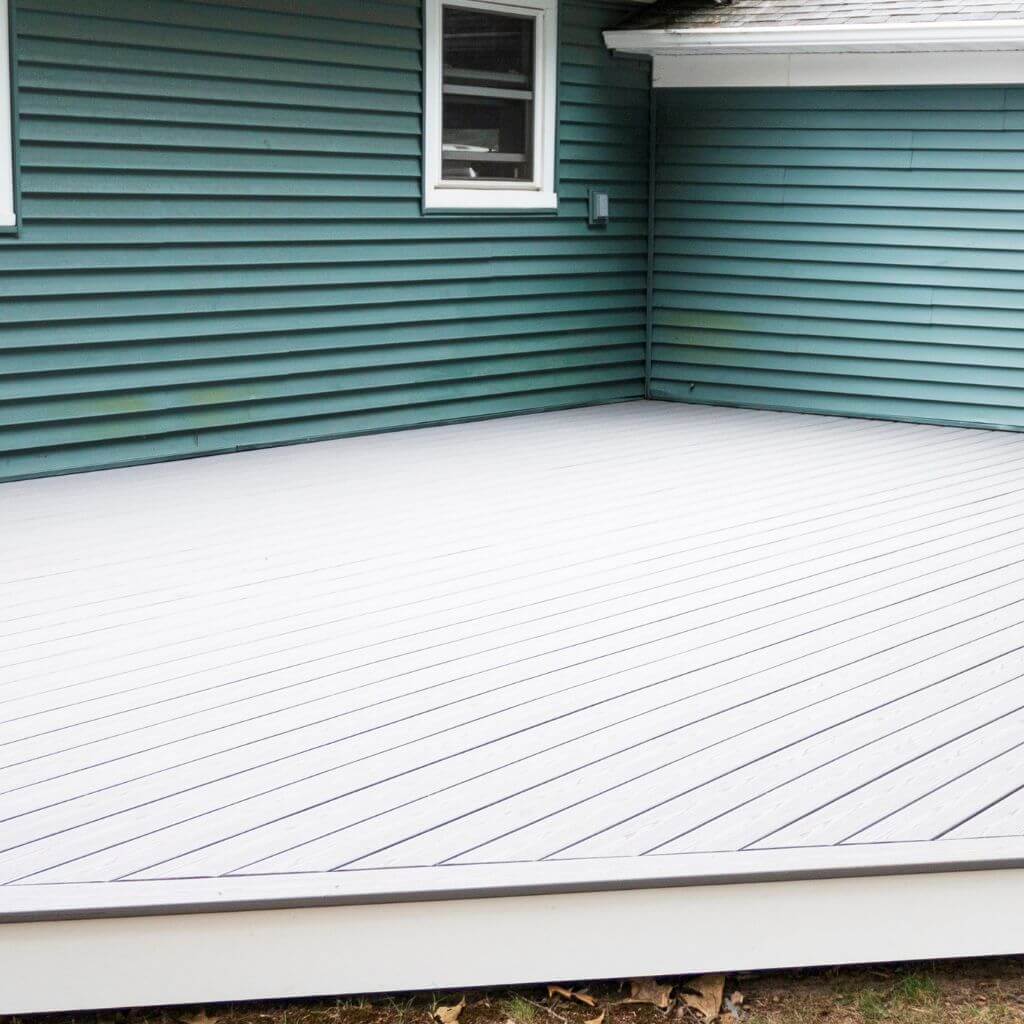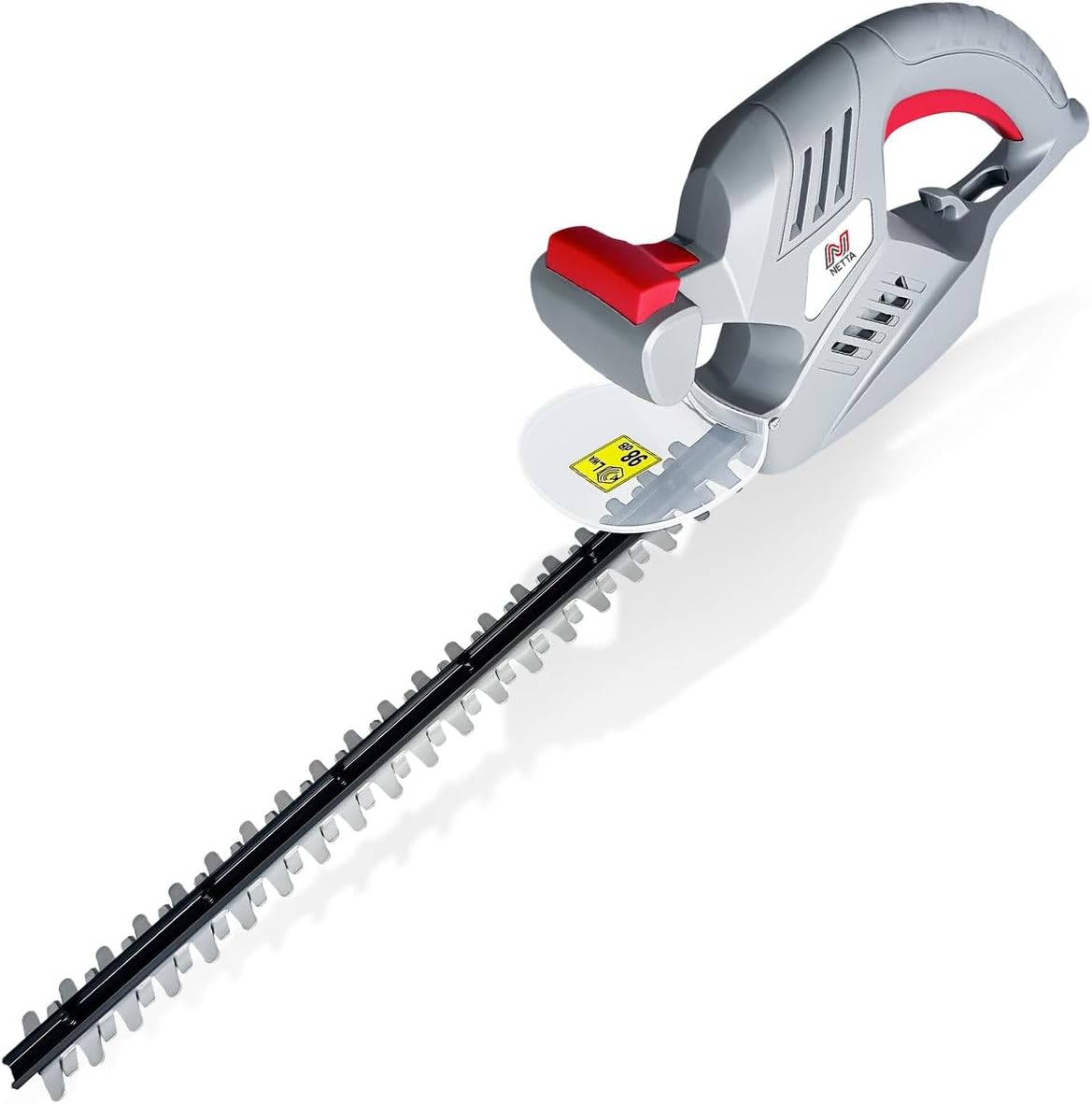
Looking to build a beautiful deck that will withstand the test of time? Look no further than composite decking materials. With an array of options available, it’s essential to make the best choice for your needs. In this article, we will compare and contrast different types of composite decking materials, helping you make an informed decision on which one is the perfect fit for your outdoor space. Whether you prioritize durability, aesthetics, or sustainability, we’ve got you covered. By the end, you’ll have all the information you need to create the deck of your dreams.
Overview of Composite Decking Materials
Composite decking refers to a type of outdoor flooring material that is made from a combination of recycled plastics, wood fibers, and additives. It is designed to mimic the appearance of traditional wood decking while offering several advantages over its natural counterpart. Composite decking has gained popularity in recent years due to its durability, low maintenance requirements, and wide range of design options. There are several types of composite decking materials available on the market, each with its own unique features and benefits.
Comparison Factors for Choosing Composite Decking
When choosing the right composite decking material for your outdoor space, several factors should be considered. These factors include durability, maintenance requirements, appearance, price, and environmental impact. By evaluating these aspects, you can make an informed decision that best suits your needs and preferences.
Durability | Comparing Composite Decking Materials
One of the key advantages of composite decking is its remarkable durability. Unlike traditional wood decking, composite materials are designed to resist moisture, rot, and insects. They are also less prone to warping, cracking, and splintering, making them an excellent choice for areas with varied weather conditions. The durability of the decking material is crucial in ensuring its longevity and maintaining its aesthetic appeal over time.
Maintenance Requirements
Another significant advantage of composite decking is its low maintenance requirements. Unlike natural wood decking that requires periodic staining, sealing, and refinishing to maintain its appearance and protect it from the elements, composite decking requires minimal upkeep. Regular cleaning with a mild detergent and water is usually sufficient to keep the surface clean and free from dirt and debris. This not only saves you time and effort but also allows you to enjoy your outdoor space without the hassle of constant maintenance.
Appearance and Aesthetics
Composite decking offers a wide range of design options, allowing you to create a beautiful outdoor space that suits your personal style. The decking materials come in various colors and finishes, ranging from natural wood tones to contemporary shades. Additionally, composite decking can emulate the look and feel of real wood, with different texture and grain patterns that add an authentic touch. Whether you prefer a traditional or modern aesthetic, composite decking provides you with endless possibilities to enhance the visual appeal of your deck.
Price
When considering composite decking, price is an essential factor to take into account. While composite materials may have a higher upfront cost compared to natural wood, they often prove to be a cost-effective choice in the long run. Composite decking requires less maintenance and has a longer lifespan than traditional wood decking, which can translate into substantial savings over time. Additionally, the low maintenance requirements of composite decking eliminate the need for costly staining, sealing, and refinishing products, making it a worthwhile investment for many homeowners.
Environmental Impact
In today’s environmentally conscious world, the environmental impact of the materials we use is of utmost importance. Composite decking can be a more sustainable choice compared to natural wood, depending on the specific brand and production process. Many composite decking materials are made from recycled plastics and wood fibers, diverting waste from landfills and reducing the reliance on virgin materials. Additionally, some composite decking brands prioritize eco-friendly manufacturing processes and strive to minimize their carbon footprint. By selecting a responsibly sourced and recyclable composite decking material, you can contribute to a greener and more sustainable future.
Wood-Plastic Composite (WPC) Decking
Wood-plastic composite (WPC) decking is a popular type of composite decking material. It is composed of a mixture of wood fibers or wood flour and thermoplastics such as polyethylene or polypropylene. WPC decking combines the natural look and feel of wood with the durability and low maintenance requirements of composite materials.
Pros of WPC Decking
- Authentic wood look: WPC decking closely resembles the appearance of real wood, with texture and grain patterns that mimic the natural beauty of timber.
- Low maintenance: WPC decking requires minimal upkeep and does not require staining or sealing. Regular cleaning is usually sufficient to maintain its appearance.
- Durable: WPC decking is resistant to moisture, rot, insects, and fading. It can withstand harsh weather conditions and heavy foot traffic without significant wear and tear.
Cons of WPC Decking
- Higher price: WPC decking is generally more expensive than other composite decking options due to its unique composition and manufacturing process.
- Susceptible to scratches: Although WPC decking is durable, it may be more prone to scratches and scuffs compared to capped composite or PVC decking.
- Limited color options: WPC decking may have a narrower range of color options compared to other composite decking materials.
Capped Composite Decking
Capped composite decking is a type of composite decking that has an additional protective layer (or cap) on the surface of the boards. This cap enhances the durability and resistance of the decking material, making it an excellent choice for areas with high foot traffic and exposure to the elements.
Pros of Capped Composite Decking
- Enhanced durability: The protective cap layer provides additional resistance against moisture, stains, fading, and scratches, ensuring the longevity and beauty of the decking.
- Low maintenance: Capped composite decking requires minimal maintenance, similar to other composite materials. Regular cleaning is usually sufficient to keep it looking pristine.
- Wide range of colors and finishes: Capped composite decking offers a broad selection of colors and finishes, allowing you to customize your outdoor space according to your preferences.
Cons of Capped Composite Decking
- Higher cost: Capped composite decking tends to be more expensive than traditional composite decking due to the added protective cap layer.
- Surface temperature: The capped surface of the decking material can become slightly warmer than other options when exposed to direct sunlight. However, advancements in technology have led to improvements in heat dissipation.
- Potential for moisture entrapment: If the capped composite decking is not installed correctly or lacks proper ventilation, moisture may become trapped, leading to mold or mildew growth. Proper installation and regular inspection are crucial to prevent this issue.
PVC (Polyvinyl chloride) Decking
PVC decking is another popular type of composite decking material. It is made from 100% synthetic materials, primarily polyvinyl chloride (PVC), which offers exceptional durability and low maintenance requirements.
Pros of PVC Decking
- Superior durability: PVC decking is highly resistant to moisture, rot, insects, and fading. It is suitable for areas with high humidity or exposure to saltwater.
- Low maintenance: PVC decking is virtually maintenance-free. It does not require sealing, staining, or refinishing and can be cleaned with simple soap and water.
- Variety of design options: PVC decking is available in a wide range of colors, finishes, and textures, allowing you to create a customized outdoor space.
Cons of PVC Decking
- Higher cost: PVC decking tends to have a higher upfront cost compared to other composite decking options. However, its long-term durability and low maintenance requirements can offset the initial investment.
- Heat retention: PVC decking can become warm to the touch when exposed to direct sunlight. However, advancements in technology have led to improvements in heat dissipation.
- Limited natural appearance: While PVC decking can mimic the look of wood to some extent, it may not have the same authentic texture and grain patterns as other composite materials.
Other Types of Composite Decking
In addition to wood-plastic composite, capped composite, and PVC decking, there are other composite decking materials available on the market. These materials may include different combinations of recycled plastics, wood fibers, and additives. They offer their own unique characteristics and benefits.

Pros of Other Composite Decking Materials
- Design versatility: Other composite decking materials may provide additional design options, such as unique colors, finishes, or surface textures.
- Enhanced properties: Certain composite decking materials may have specific properties that cater to particular needs. For example, some may offer increased slip resistance or higher resistance to fading.
Cons of Other Composite Decking Materials
- Limited availability: Some composite decking materials may be less widely available compared to the more popular options like WPC, capped composite, or PVC decking.
- Potential variation in quality: Depending on the brand and manufacturing process, the quality of other composite decking materials may vary. It is essential to research and choose reputable brands known for their consistent quality.
Comparing Durability of Composite Decking
When considering the durability of composite decking, several factors should be evaluated, including resistance to moisture and rot, resistance to fading and staining, and resistance to scratches and wear.
Resistance to Moisture and Rot
Composite decking materials are designed to be highly resistant to moisture and rot. Due to their composition, they do not absorb water in the same way as natural wood decking. This property makes composite decking an ideal choice for areas with high humidity or frequent exposure to moisture, such as near swimming pools or in coastal regions.
Resistance to Fading and Staining
Another essential aspect of durability is the resistance of the decking material to fading and staining. Over time, exposure to the sun’s UV rays can cause some materials to fade or lose their color. However, reputable composite decking brands often incorporate UV inhibitors into their products to minimize fading. Additionally, composite materials are generally less prone to staining compared to natural wood, making them easier to maintain and keep looking pristine.
Resistance to Scratches and Wear
Composite decking’s ability to withstand scratches and wear is crucial, especially in high-traffic areas or spaces where furniture is frequently moved. While composite materials are generally durable, some variations may be more resistant to scratches than others. It is advisable to consider the specific requirements of your outdoor space and choose a composite decking material that offers adequate scratch resistance.
Comparing Maintenance Requirements of Composite Decking
Maintaining a deck is an essential aspect of preserving its appearance and ensuring its longevity. When comparing composite decking materials, it is essential to consider the maintenance requirements, including cleaning and washing, sealing and refinishing, and repair and replacement.
Cleaning and Washing
Composite decking generally requires minimal cleaning and washing. Routine maintenance typically involves removing dirt, debris, and stains using a mild detergent and water. Regularly sweeping or using a leaf blower to keep the surface free from leaves and other organic matter can prevent staining and minimize the risk of mold or mildew growth.
Sealing and Refinishing
One of the significant benefits of composite decking is that it does not require sealing or refinishing like natural wood decking. The materials used in composite decking are designed to resist moisture and fading, eliminating the need for periodic sealing. This saves you time, effort, and money on maintenance products, making composite decking a low-maintenance option.
Repair and Replacement
While composite decking is highly durable, accidents or damage can occur over time. The ability to repair or replace damaged decking boards is an important consideration when choosing a composite decking material. Some brands offer specific repair kits or replacement options for damaged boards, allowing you to easily address any issues and maintain the integrity of your outdoor space.
Comparing Appearance and Aesthetics of Composite Decking
The appearance and aesthetics of your outdoor space play a significant role in its overall appeal and functionality. When comparing the appearance of composite decking materials, several aspects should be considered, including the range of colors and finishes available, texture and grain patterns, and the realistic wood look.
Different Colors and Finishes Available
Composite decking materials offer a wide range of colors and finishes to suit various design preferences. Whether you prefer a rich, natural wood tone or a more contemporary shade, there are numerous options available. Some brands also offer variegated or streaked colors to add depth and dimension to your outdoor space.
Texture and Grain Patterns
Composite decking can replicate the texture and grain patterns of real wood, providing an authentic look and feel. The texture can vary from a smoother, more polished surface to a more pronounced wood-like texture. The grain patterns mimic the natural variations found in different wood species, further enhancing the visual appeal of the decking material.
Realistic Wood Look
One of the main advantages of composite decking is its ability to mimic the appearance of real wood without the drawbacks associated with natural wood, such as warping, cracking, or splintering. The combination of color, texture, and grain patterns creates a realistic wood look, making composite decking an attractive option for those who love the visual appeal of timber.
Comparing Environmental Impact of Composite Decking
Sustainability and environmental considerations are important factors to consider when choosing any building material. When comparing the environmental impact of composite decking materials, several aspects should be evaluated, including sustainable sourcing of materials, recyclability and eco-friendly manufacturing, and carbon footprint.
Sustainable Sourcing of Materials
Many composite decking brands prioritize the use of recycled materials, such as recycled plastics and wood fibers. By repurposing waste materials, composite decking helps reduce the demand for virgin resources and diverts waste from landfills. Additionally, some brands may source materials from sustainably managed forests, promoting responsible forestry practices and biodiversity conservation.
Recyclability and Eco-friendly Manufacturing
Composite decking materials can be recycled at the end of their lifespan, reducing the environmental impact. When considering composite options, it is advisable to choose products that are certified as recyclable or contain a high percentage of recycled content. Additionally, certain brands may adopt eco-friendly manufacturing processes, such as minimizing water and energy consumption or using renewable energy sources.
Carbon Footprint
The carbon footprint of a product refers to the amount of greenhouse gas emissions produced during its manufacturing and life cycle. Some composite decking brands make efforts to reduce their carbon footprint by utilizing sustainable materials, optimizing their manufacturing processes, or implementing carbon offset initiatives. Choosing a brand that prioritizes environmental stewardship can help minimize your contribution to climate change.
In conclusion, composite decking materials offer a durable, low maintenance, and aesthetically pleasing alternative to traditional wood decking. By evaluating factors such as durability, maintenance requirements, appearance, price, and environmental impact, you can make an informed choice when selecting the right composite decking material for your outdoor space. Whether you opt for wood-plastic composite (WPC) decking, capped composite decking, PVC decking, or other composite materials, you can create a beautiful and sustainable outdoor space that will stand the test of time.
Read A Comparison Between Composite Decking and Wood Decking











